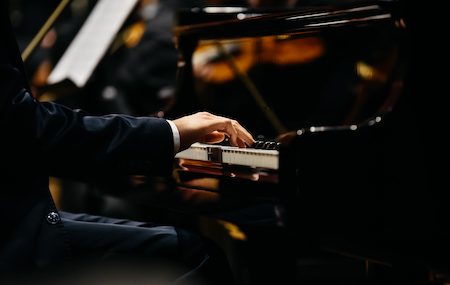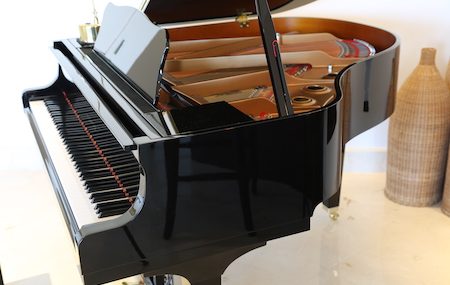It’s time to start thinking about fall classes and activities. As we head back into schools and classrooms, there’s more than reading, writing, and arithmetic to keep a mind active. It’s also about finding something challenging – entertaining – that can provide a lifelong hobby you’ll love for years.
For many, playing an instrument fulfills all that and more. Playing the piano is a way to relax after a hard day at work, take pride in your accomplishments, and even share melodies with an audience. But it all starts with learning to play the piano. And you can’t do that until you buy a piano of your own.
Thinking of buying a new piano in the future? Before you settle on one, we have a few important questions you should ask the seller before making up your mind.
What should I know about this brand of piano?
Like everything, pianos are created by reputable manufacturers that produce quality instruments, and less-than-credible resources that produce low quality products. The last thing you want is to spend money on a piano, only to find out quickly that it won’t suit your needs. And if it doesn’t sound right, it becomes difficult to play. You need high quality equipment to learn to play it well.
What are other comparable pianos around the same price point so I can compare?
You should never invest in the first piano you see. Sit down at several of them. Listen to the sound produced by all of them, and compare how they play. You’ll quickly notice the difference, and have preferences one way or the other. The key here is to ensure you’re looking at high quality instruments that are all similar in style, and can all be worthy of purchase.
How about a warranty? What does it cover?
Many new pianos – and sometimes used – have warranties. You’re only eligible if you purchase the piano from an authorized dealer.
Which are the most popular pianos you sell? Why?
Every dealer has their own preference for piano manufacturers. Find out which they sell the most of and why. This is a good place to start your comparison shopping. If others like it and enjoy a certain brand or model, you can consider it too.
Do you have a trade-up program?
Many people start with a start-up piano, and once they learn the basics and want to push their skills, they look for a more sophisticated instrument. Find out if the dealer you’re working with has a trade-up program, to allow you to upgrade your piano as you gain experience.
How do I care for this piano?
While it may look like another piece of furniture, it requires a great deal more upkeep and care. While you can search online and find a lot of different care strategies, the best place to go for advice is from the source. A reputable piano dealer will point you in the right direction for regular care and maintenance, as well as give you resources for tuning and repair work. Follow their guidance, and you’ll have years of enjoyment without problems.











